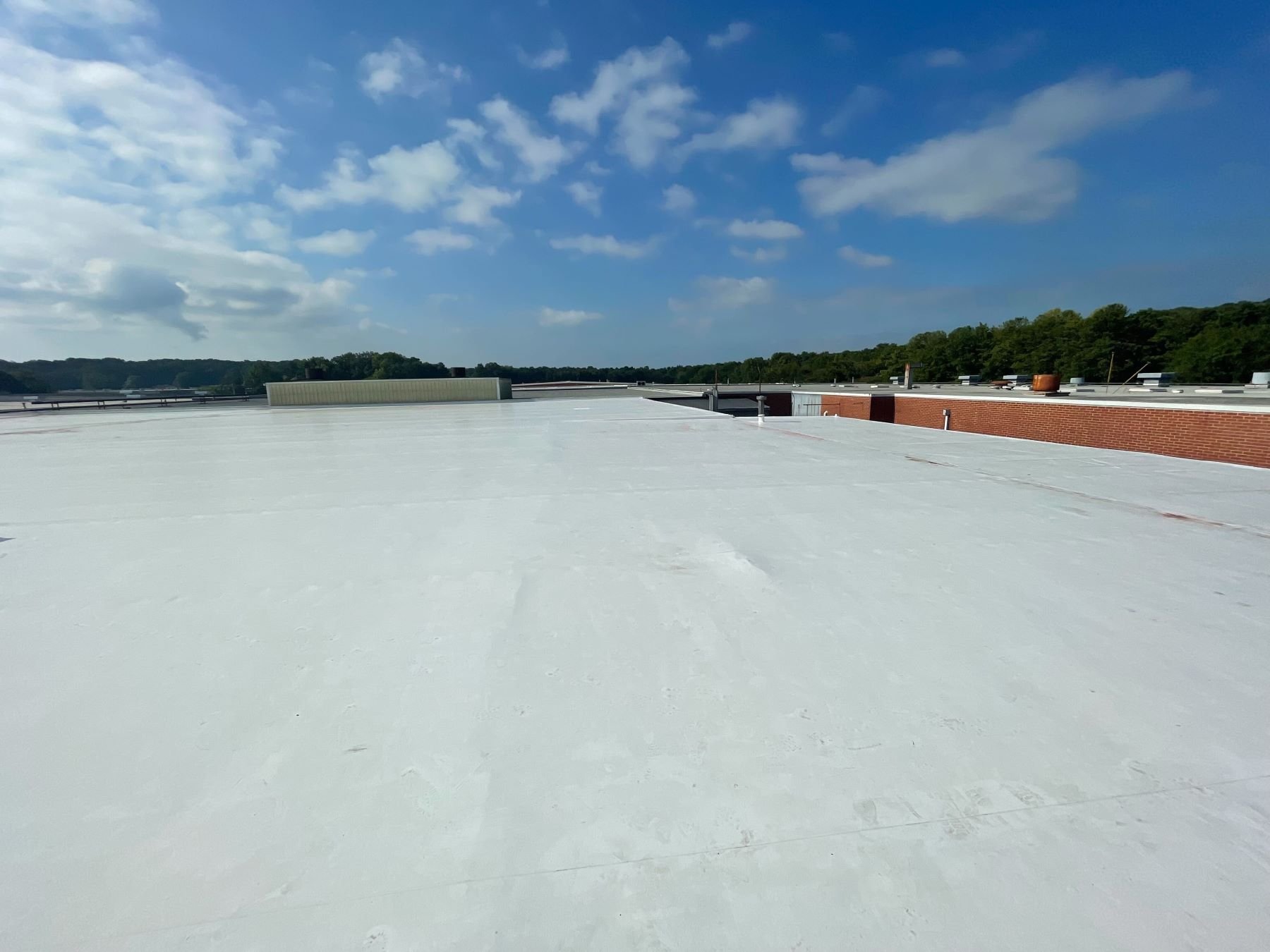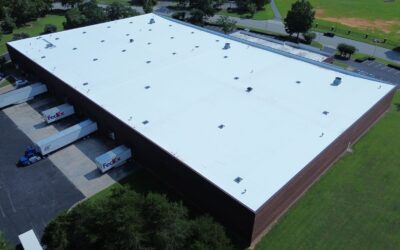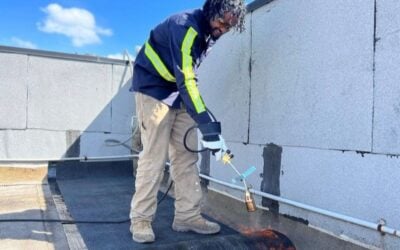When it comes to maintaining, repairing, and installing commercial roofs, safety should always be the top priority. Working on roofs presents unique hazards, and proper precautions are essential to prevent accidents and ensure the well-being of everyone involved. In this blog post, we’ll outline key tips for maintaining roof safety and preventing accidents during inspections, repairs, and installation.
1. Plan Ahead and Prepare
Before any work begins, thorough planning is crucial. This involves assessing the roof’s condition, identifying potential hazards, and developing a comprehensive safety plan. Here’s how to prepare:
Conduct a Risk Assessment: Evaluate the specific risks associated with the roofing project, such as weather conditions, roof slope, and potential fall hazards.
Develop a Safety Plan: Create a detailed plan that outlines safety procedures, emergency protocols, and the proper use of equipment. Ensure that all team members are familiar with this plan.
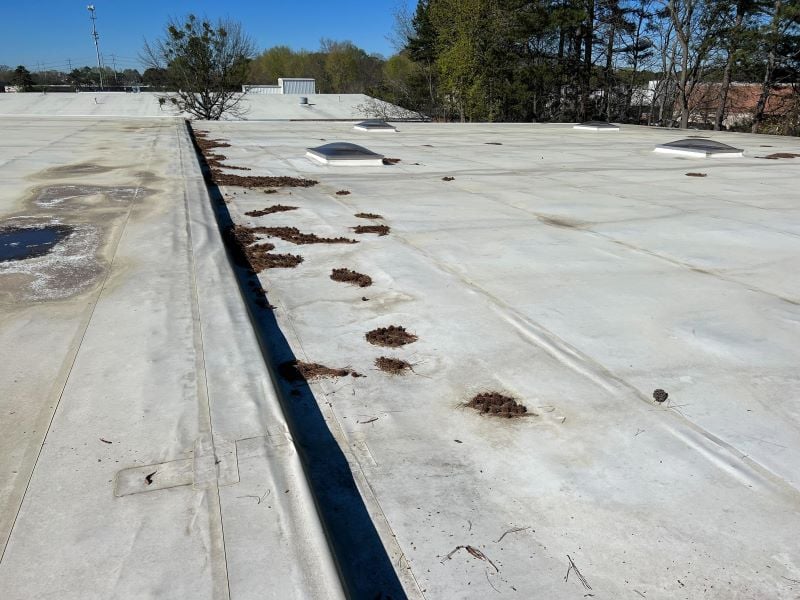
2. Use Proper Safety Equipment
Personal protective equipment (PPE) is essential for minimizing risks on the roof. Ensure that all workers are equipped with the following:
Fall Protection Gear: Harnesses, lanyards, and anchor points are crucial for preventing falls. Use these devices correctly and ensure they are properly maintained.
Roofing Safety Gear: Hard hats, safety glasses, and gloves should be worn to protect against falling objects, debris, and sharp materials.
Non-Slip Footwear: Invest in high-quality, non-slip shoes or boots to provide better traction on the roof surface.
3. Ensure Safe Roof Access
Safe access to and from the roof is critical to preventing accidents. Follow these guidelines:
Use Proper Ladders: Make sure ladders are stable, correctly positioned, and extend at least three feet above the roof edge. Use ladder stabilizers if needed to prevent slipping.
Install Scaffolding if Necessary: For extended work or steep roofs, consider using scaffolding to provide a secure work platform and reduce the risk of falls.
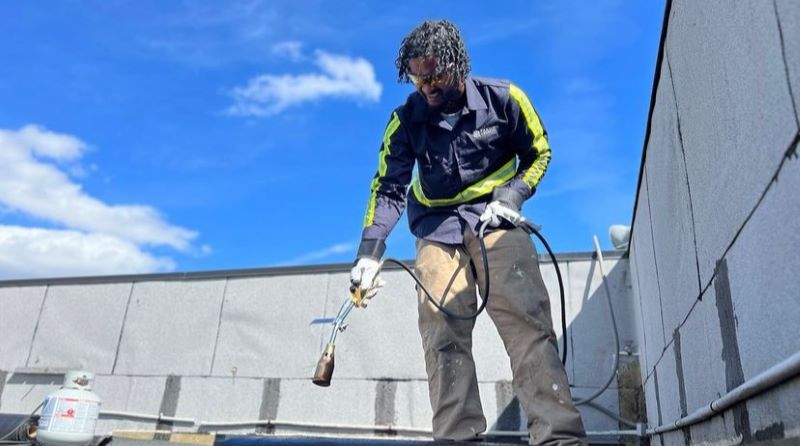
4. Monitor Weather Conditions
Weather plays a significant role in roof safety. Be aware of how various weather conditions can impact your work:
Avoid Working in Adverse Weather: Heavy rain, snow, or strong winds can make roofs slippery and dangerous. Reschedule inspections or repairs if weather conditions are unfavorable.
Check Weather Forecasts: Regularly monitor weather forecasts and prepare for sudden changes to avoid unexpected risks.
5. Maintain Roof and Work Area Cleanliness
A cluttered or unorganized work area can lead to accidents. Keep the work environment safe by:
Removing Debris: Clear the roof of any debris, tools, and materials that could cause tripping hazards or obstruct the work area.
Proper Tool Storage: Store tools and equipment safely when not in use. Avoid leaving them on the roof where they could fall and potentially injure someone.
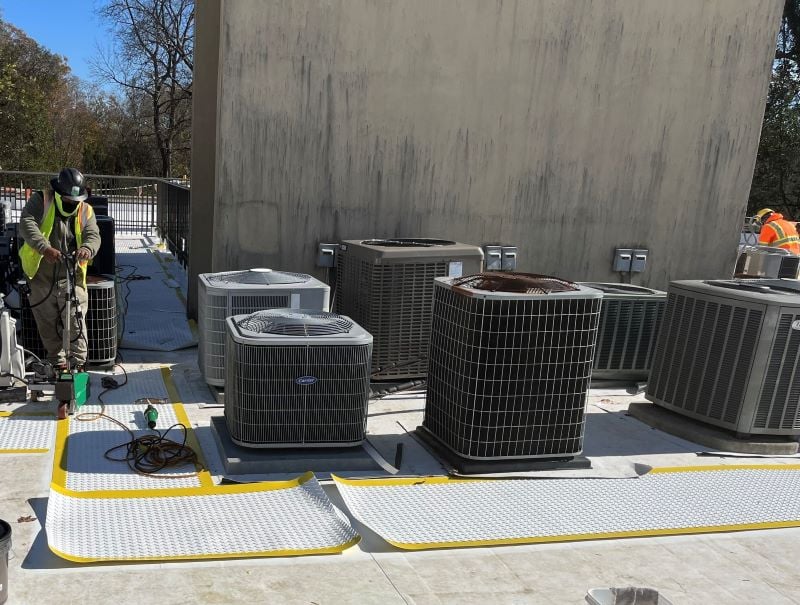
6. Train Your Team
Proper training is essential for ensuring that everyone involved in roof work understands safety protocols and best practices:
Conduct Safety Training: Provide regular safety training sessions for all team members. Cover topics such as fall protection, equipment use, and emergency procedures.
Encourage Communication: Foster a culture of safety by encouraging open communication among team members about potential hazards and safety concerns.
7. Inspect Equipment Regularly
Regular maintenance and inspection of equipment are vital for ensuring safety:
Check Safety Gear: Inspect harnesses, lanyards, and other fall protection equipment for wear and tear before each use. Replace any damaged items immediately.
Maintain Tools and Machinery: Ensure that all tools and machinery are in good working condition. Perform routine maintenance and repairs to prevent malfunctions.
8. Implement Emergency Procedures
Having a plan in place for emergencies is crucial for minimizing the impact of accidents:
Develop an Emergency Response Plan: Create a plan that includes procedures for responding to accidents, such as falls or injuries. Ensure all workers are familiar with the plan.
Provide First Aid Training: Train team members in basic first aid and CPR to provide immediate assistance in case of an emergency.
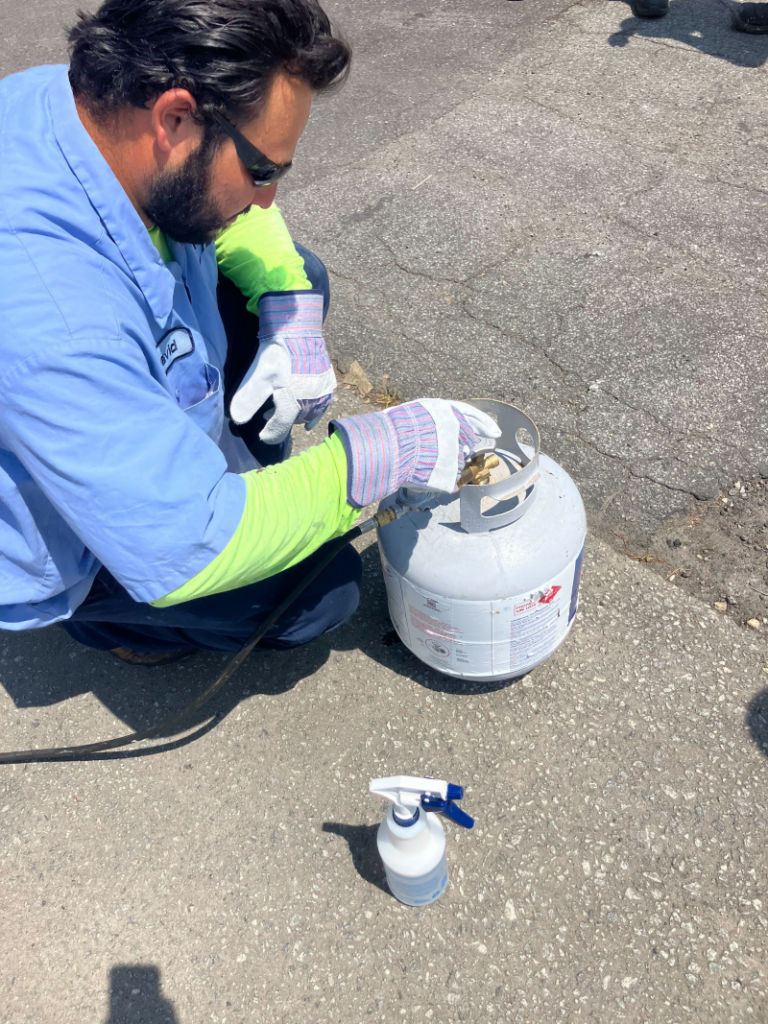
In conclusion, maintaining roof safety is essential for preventing accidents and ensuring the well-being of everyone involved in roofing inspections and repairs. By planning ahead, using proper safety equipment, ensuring safe access, monitoring weather conditions, maintaining cleanliness, training your team, inspecting equipment, and implementing emergency procedures, you can significantly reduce the risk of accidents.

